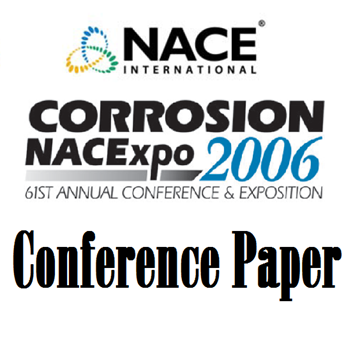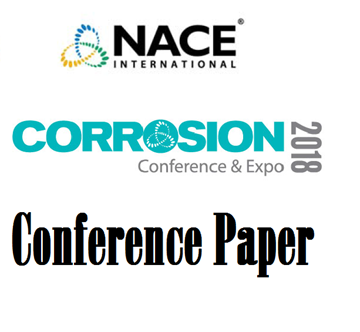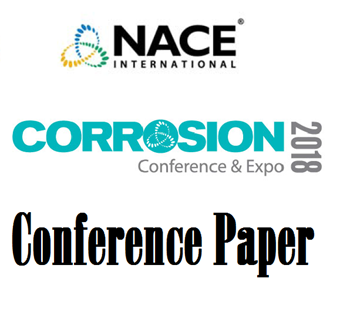Search
51318-10909-Rapid Assessment of Station Piping CP Effectiveness In High Resistivity Environments
Also Purchased
06163 CATHODIC PROTECTION OF PIPELINES IN HIGH RESISTIVITY SOILS AND THE EFFECT OF SEASONAL CHANGES
Product Number:
51300-06163-SG
ISBN:
06163 2006 CP
Publication Date:
2006
$20.00
51318-10907-Equalization Currents and Metallic IR Drop: Impediments to True Potential Measurements
Product Number:
51318-10907-SG
Publication Date:
2018
$20.00
51318-10900-Cathodic Protection Design Considerations in Congested Area Facilities
Product Number:
51318-10900-SG
Publication Date:
2018
$20.00




